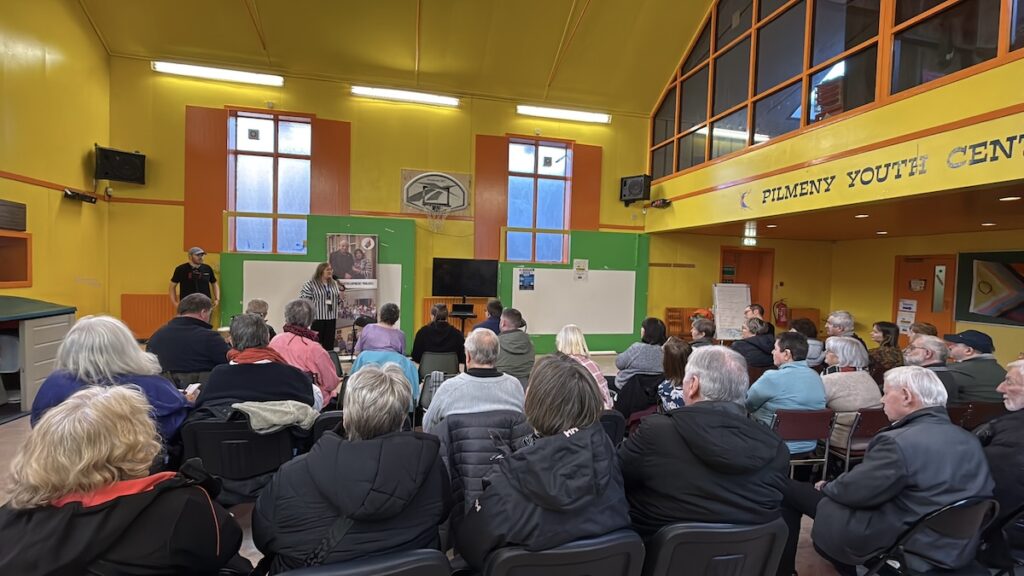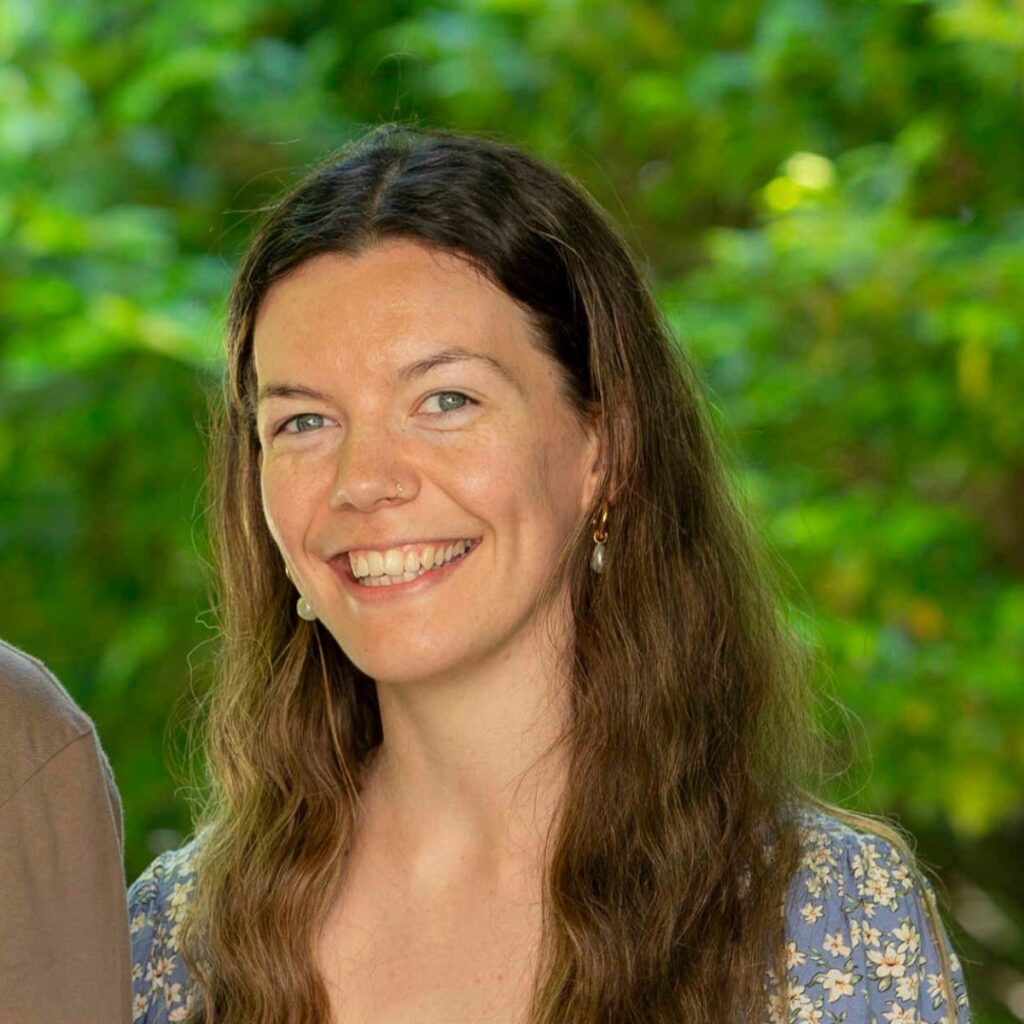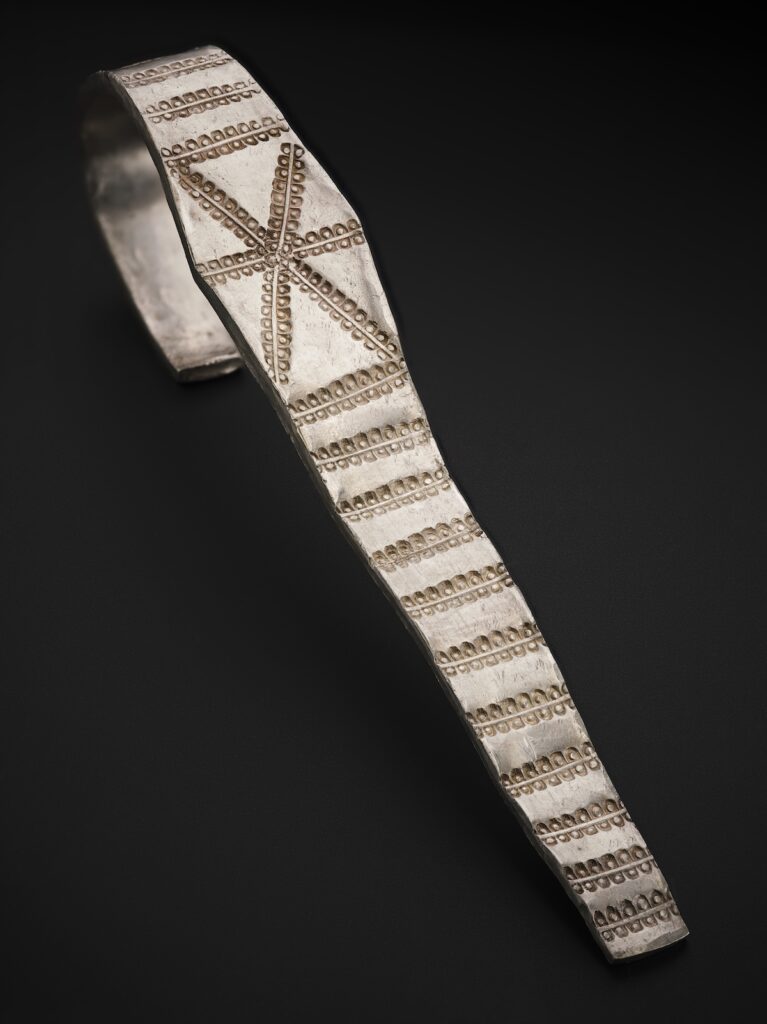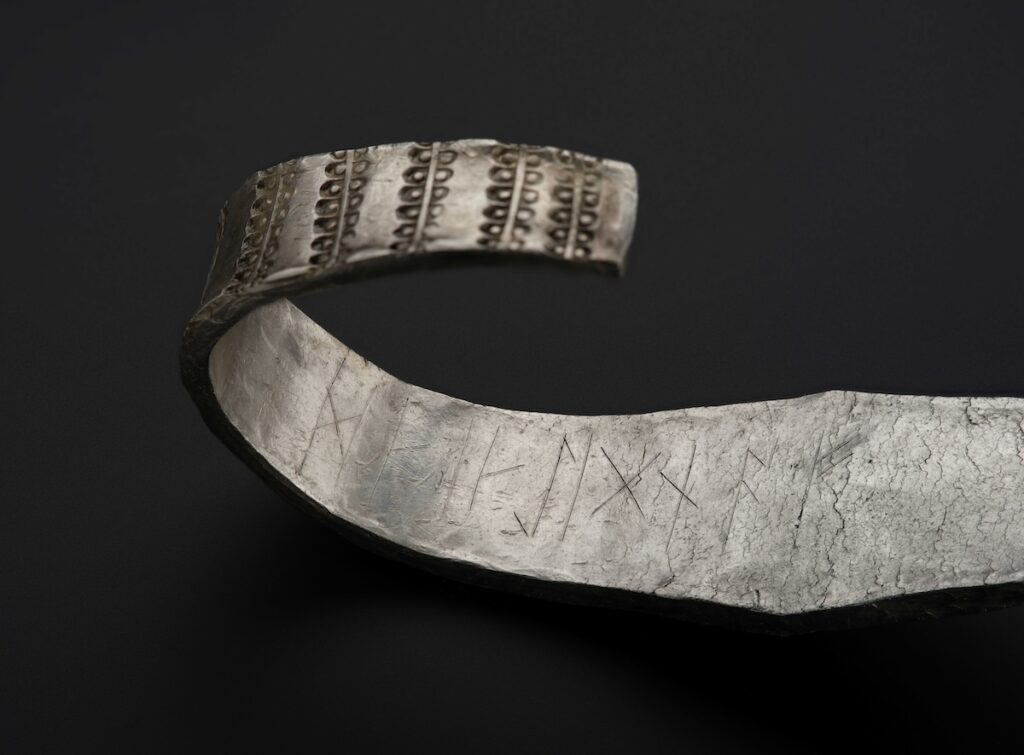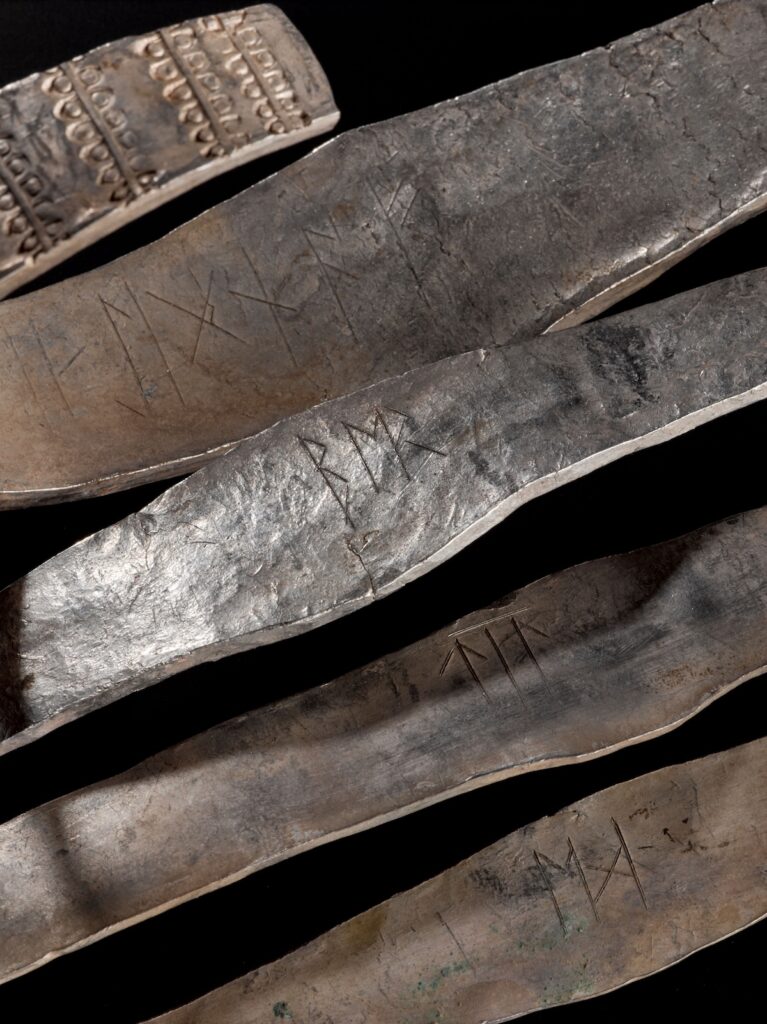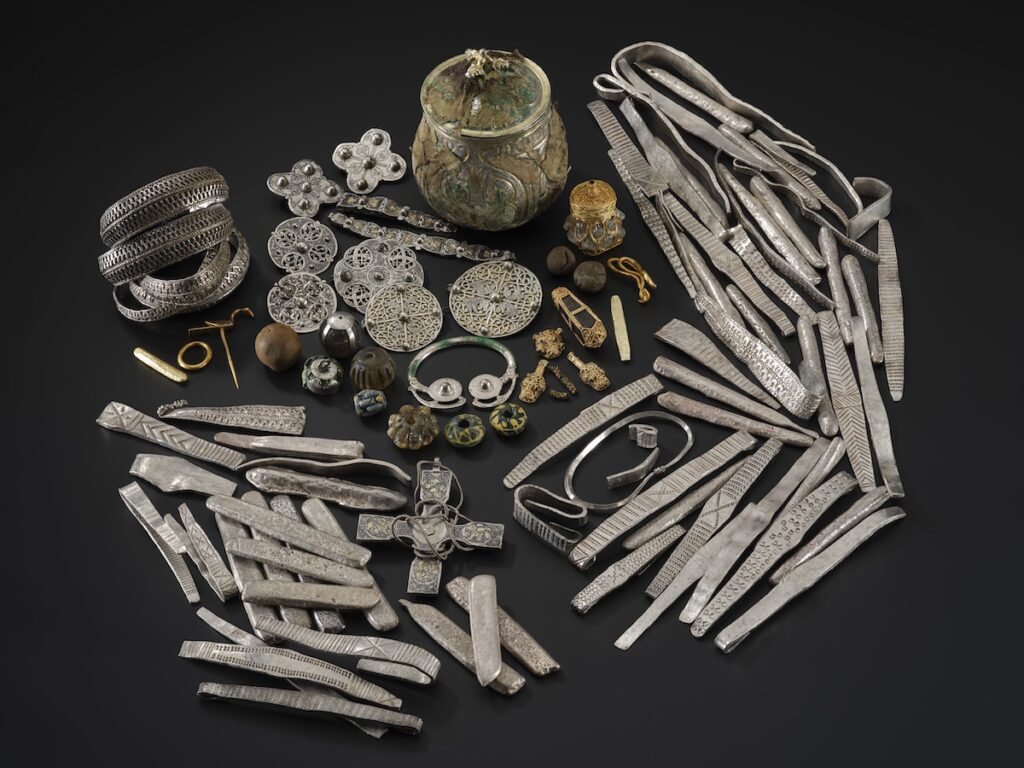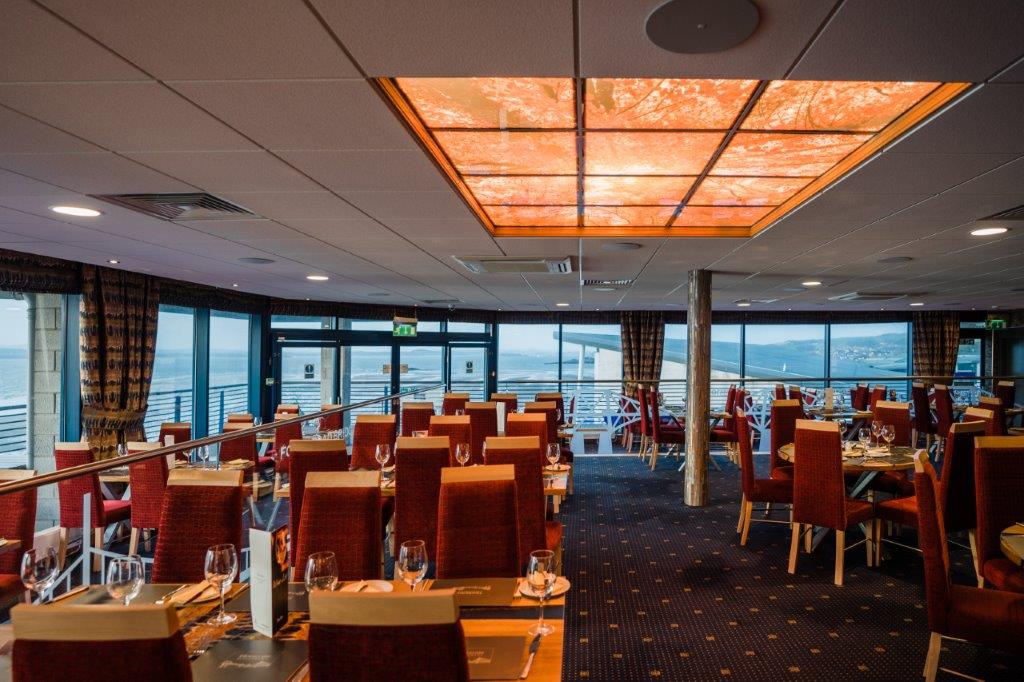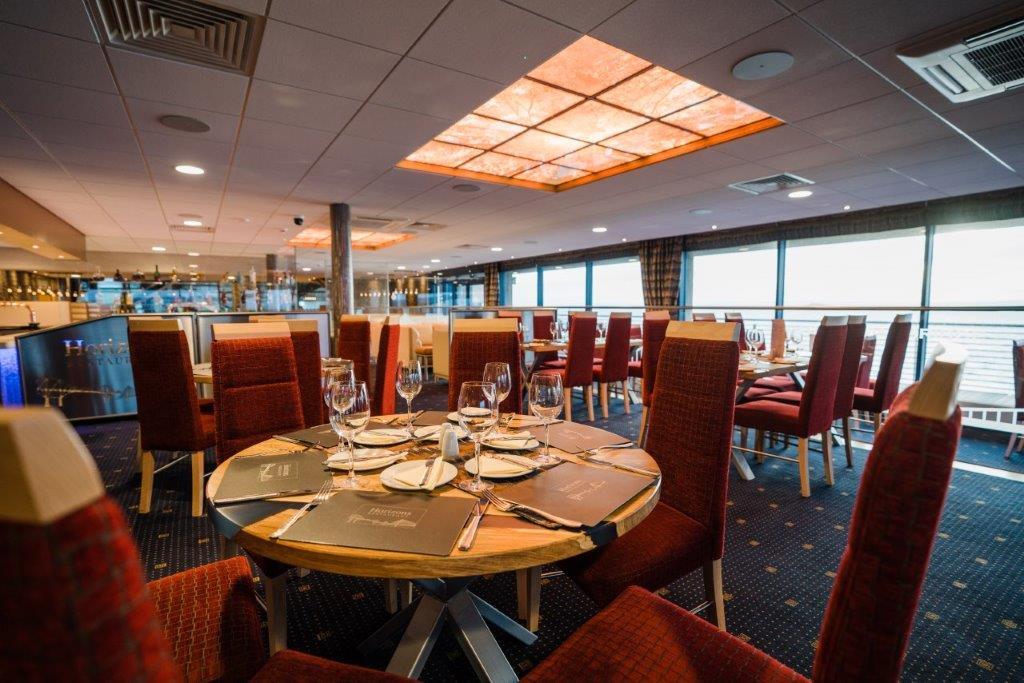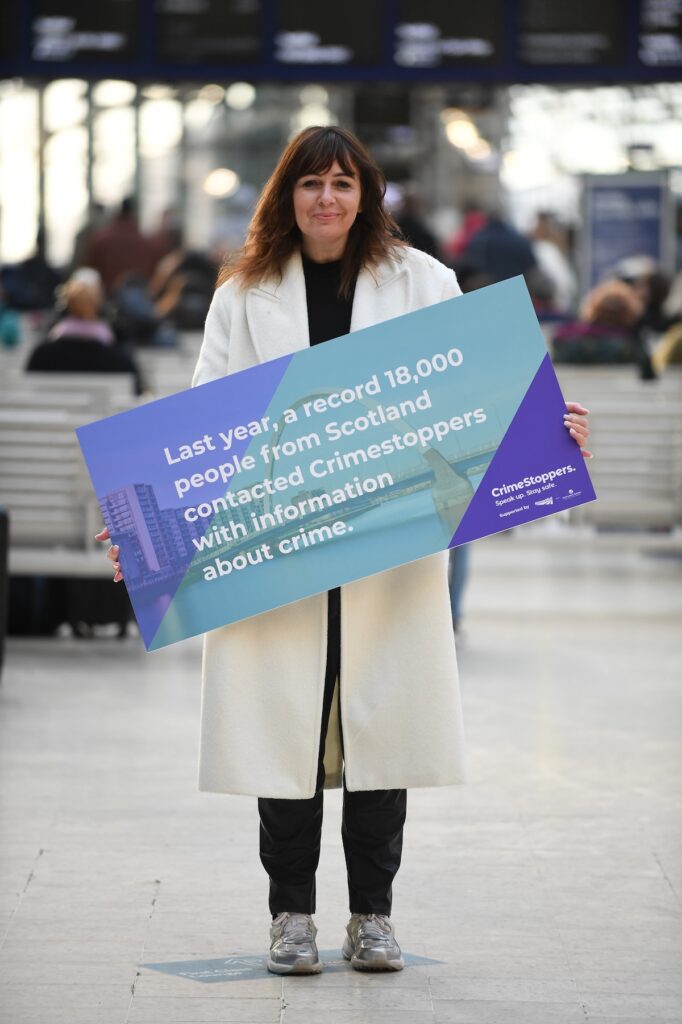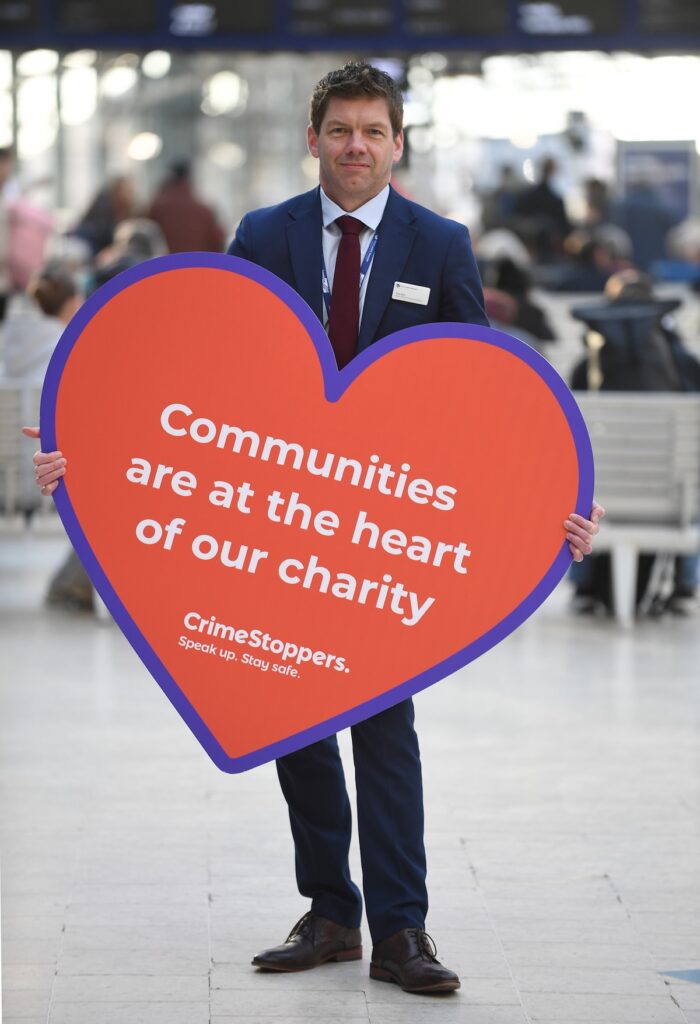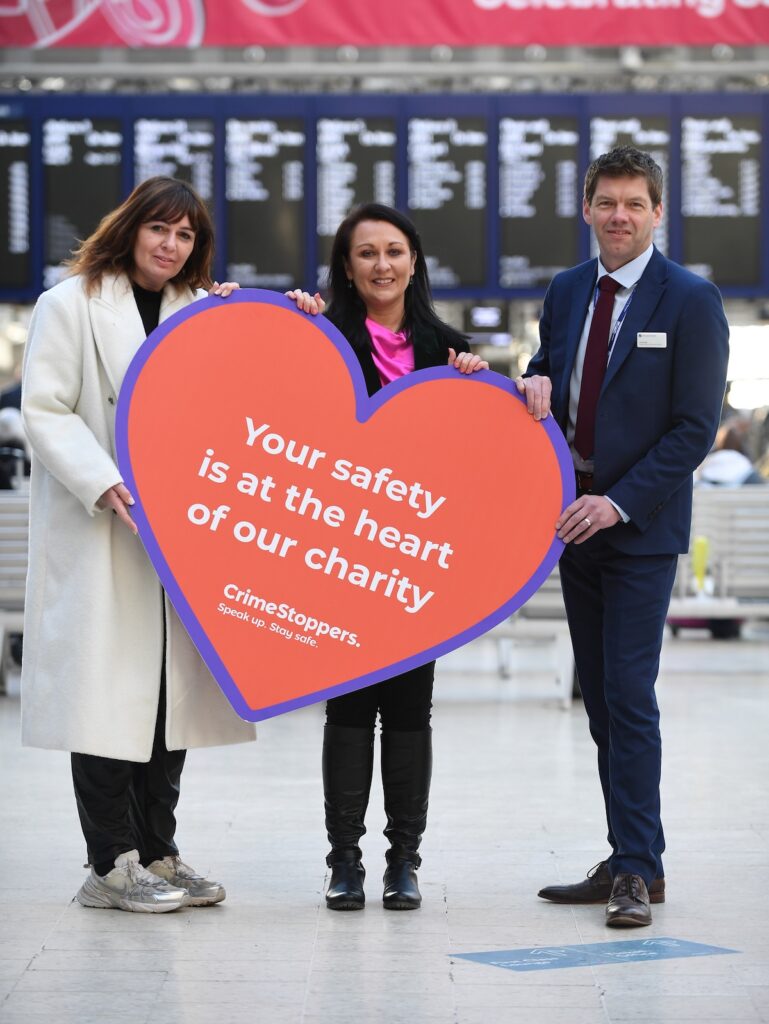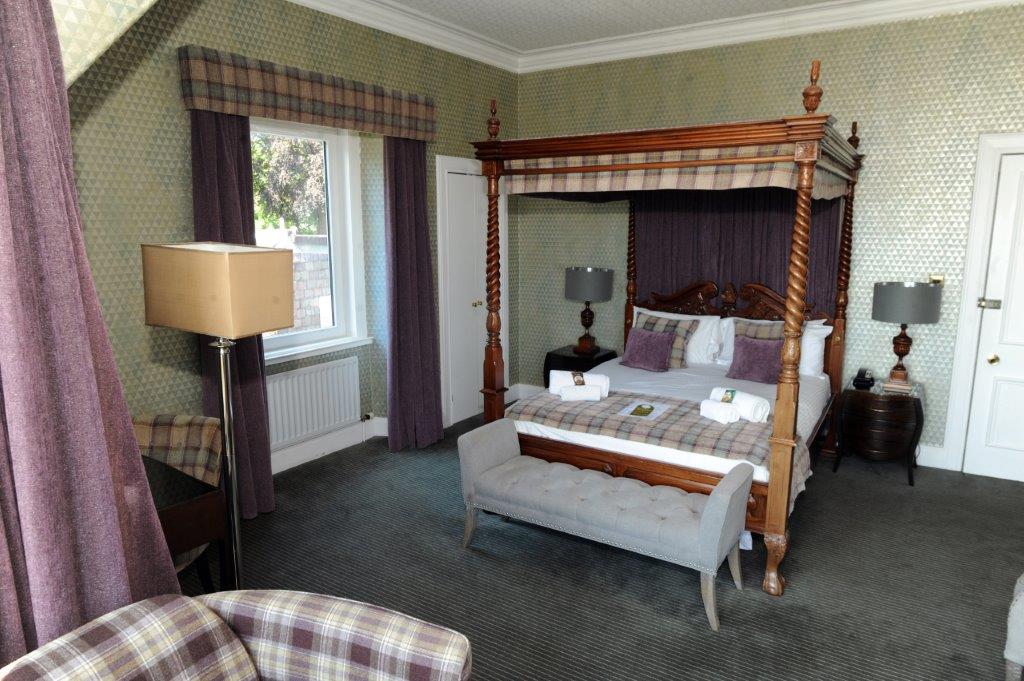West Lothian has fewest number of empty council homes in years
West Lothian has the lowest number of empty council homes in years after a targeted programme which saw more than a thousand homes re-let in this financial year.
The council has 251 mainstream properties without a tenant. That equates to 1.7% of the council stock. In November 2023 more than 500 were empty – or voids.
Executive councillor for housing George Paul said bringing down the number of empty homes was a “key priority.”
The news comes as a national survey shows the average waiting time on the 11,000 strong housing list is 2.6 years in West Lothian – better than most neighbouring councils. In Edinburgh it is 3.8; South Lanarkshire 3.9 and East Lothian 3.6.
Only Falkirk, 2.2 and North Lanarkshire, 1.1 years, are lower than West Lothian.
Every councillor has faced questions on voids and the subject has dominated local area committees for several years.
The number of re-lets after focused work to bring down the numbers of voids was 1,167 an increase of 111 compared to the same period last year.
Demand for housing is influenced by a number of factors. These include sustained tenancies, people who secure tenancies tend to stay in them, so stock turnover reduces.
The council’s building services department has faced a growing list of problems, not least the growth of Category C homes, abandoned by tenants who have damaged the property.
All council homes that are returned to the council are classified as being ‘void’ and all are in need of some degree of repair work or maintenance checks.
This can range from a simple electrical safety test to a complete refurbishment including new kitchens, bathrooms, central heating, electrical and plumbing.
The condition of void properties determines how quickly the council can turn them over and have them available to re-let. Some homes take longer to repair and re-let, if there are significant repairs required, issues relating to utility companies, a requirement to engage with contractors to complete repairs or difficulty in sourcing materials to complete repairs.
Homes that are returned to the council in an extremely poor state, are classed as ‘C’ class. These require a significant level of repair which is often complex and time consuming to repair.
As the Local Democracy Reporting Service revealed in December the number of homes in ‘C’ Class has nearly doubled since 2020/21.
Where significant repairs are required, these homes can be out of action for a prolonged period of time. It can cost around £10,000 a house to bring such homes back to a lettable standard.
Councillor Paul told the LDRS: “This is a key priority for the council. A significant amount of effort and resources have been deployed to ensure that we reduce the number of empty (void) properties locally, and ensure they are re-let as quickly as possible.”
“West Lothian Council has repaired and brought over 1,300 council properties up to lettable standard since April 2024, 251 more than this time last year and we have had 1,144 properties returned to the council as tenancies ended.”
Julie Whitelaw, Head of Housing, Customer & Building Services said: “Properties are handed back to the council for a variety of reasons, such as the death of the tenant, someone gives up their tenancy or they are evicted.
“What is key is that we turn around the homes as quickly as possible – both in terms of building work and then the re-letting process. We are certainly making progress in that area, but there is still work to be done. It’s our aim to reduce the 1.7% to 1% or below, which we believe would be one of the best performances in the country.”
Even when homes are ready for a new tenant, the majority of first offers are turned down by the next person on the waiting list. This can be due to a number of factors including; an individual turning down a home, the type of home available, or individuals simply not turning up for appointments with housing officers to view the property.
When someone turns down the offer of a home, the house is offered to the next person on the waiting list until someone agrees and signs a tenancy agreement. However, it does mean that there will never be 0% of void homes.
Responding the to the national survey on waiting lists a West Lothian Council spokesperson said: “ Demand for social housing in West Lothian remains high, with over 10,800 applicants on the Common Housing Register for West Lothian Council, Almond Housing Association and Link Housing Association at the end of July 2024.
“We strive to meet our duty to provide everyone with a permanent, suitable home as quickly as possible, but the demand for housing locally far outstrips our supply. The council continues to invest in the creation of additional homes and measures have been implemented to help bring more void council properties back into use to help reduce the housing waiting list.
“We would encourage anyone who is considering applying for social housing in West Lothian to ensure that they register not just with the council, but with all Registered Social Landlords who operate in West Lothian to ensure you maximise your housing options.”
By Stuart Sommerville, Local Democracy Reporter


